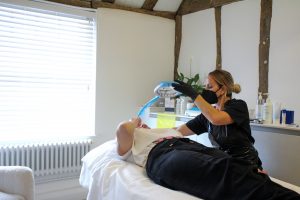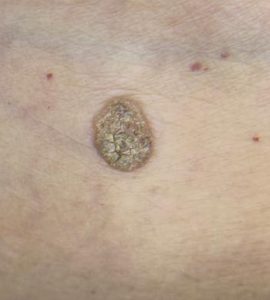
What is Milia?
What is Milia? A milium cyst is a small benign plug or cyst, often found in groups. They present as pearly white, rounded, sometimes referred to as hard keratinised lumps. They occur when keratin becomes trapped beneath the epidermis. Arising from an undeveloped sebaceous gland or sweat gland, they originally form within the dermis then migrate upwards. Newly formed Milia can be soft to touch, however in general, the longer they have been established the more compressed and larger the keratinised centre becomes giving them their distinct hard white appearance. Milia are most prevalant on the face and mainly appear around the orbital area and cheekbones. Why do I get


